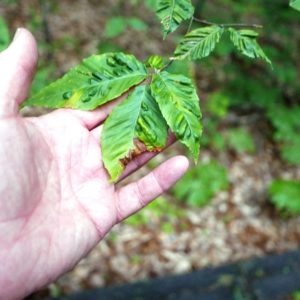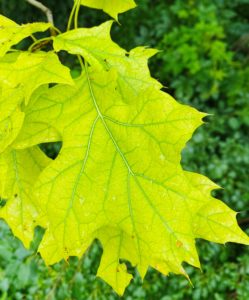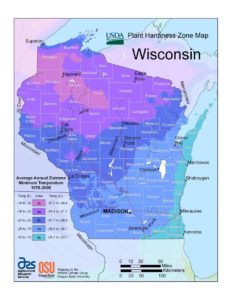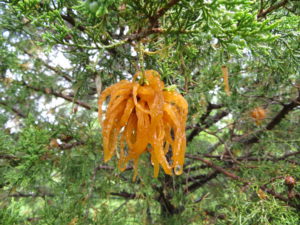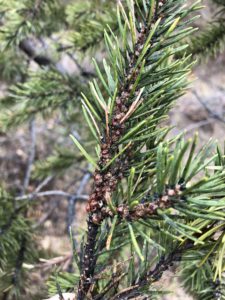By Linda Williams, forest health specialist, Woodruff, Linda.Williams@wisconsin.gov, 920-360-0665
If you’ve ever looked closely at oak leaves in late summer you know that you can find lots of interesting things on them this time of year. You’ll see anything from a variety of caterpillars and galls of all shapes and sizes to dead portions of branches caused by insects and diseases. These late season defoliators rarely cause actual health issues for the tree, and rarely require any control, but they can be very noticeable with some dramatic damage. Continue reading “Oak webworms, blotchminers, skeletonizers and dead branch tips in late summer”

